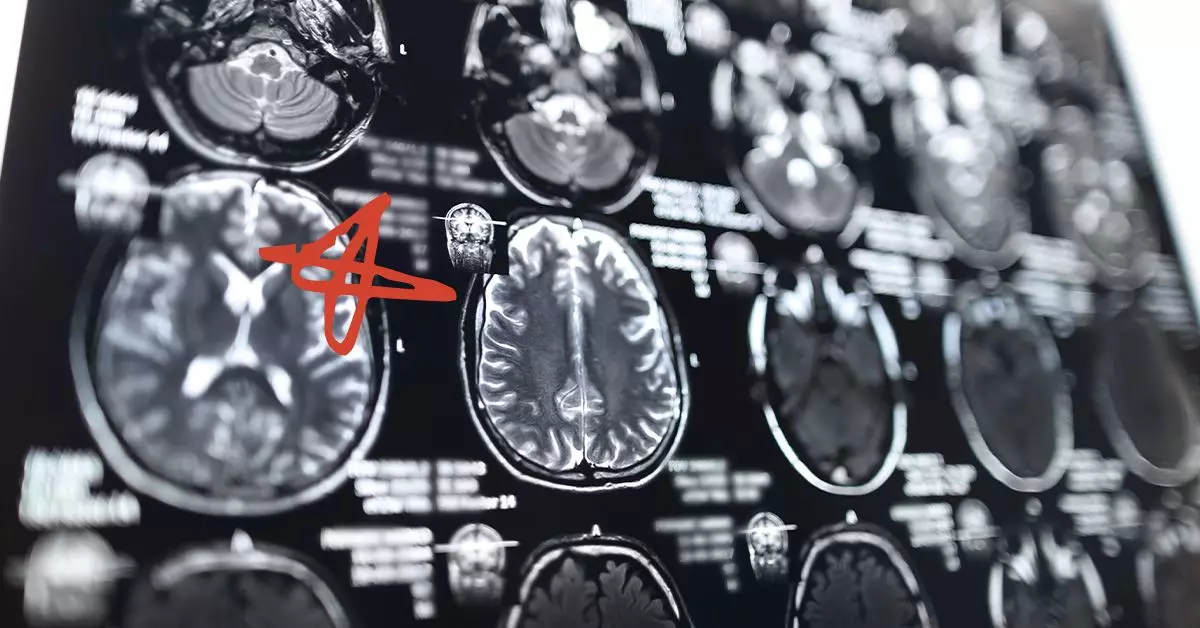Stage 4 brain cancer represents one of the most critical phases in the battle against this complex disease. Unlike many other cancers, brain tumors present unique challenges, including their tendency to grow uncontrollably within the central nervous system. Various factors influence the prognosis of individuals diagnosed with stage 4 brain cancer, which necessitates a thorough understanding of not just the tumor type but also the patient’s overall health and medical history.
The Nature of Brain Cancer
Brain cancer manifests when abnormal cells in the brain or central nervous system proliferate uncontrollably. This abnormal growth can lead to tumor formation, causing a range of symptoms that can significantly impair functionality. The most prevalent types of brain tumors include glioblastomas, astrocytomas, diffuse midline gliomas, and embryonal tumors, each displaying distinct characteristics and prognoses.
Glioblastoma, accounting for a significant percentage of malignant brain tumors, arises from glial cells that assist in supporting neuron functions. With its aggressive growth pattern, treatment complexities, and often grim prognosis, glioblastoma remains a focal point in brain cancer research.
Multiple aspects determine the outlook for individuals diagnosed with stage 4 brain cancer. These factors include tumor type, size, location, and the unique biological characteristics of the cancer cells. For instance, the presence of specific genetic mutations can provide insights into tumor behavior and potential treatment responses. In conditions such as glioblastoma, patients typically experience a 12- to 18-month survival period post-diagnosis, a statistic that underscores the aggressive nature of this tumor type.
Moreover, the extent of the tumor’s impact on daily life and brain functionality holds significant weight in prognosis. Comprehensive evaluations by healthcare professionals can yield critical information regarding the potential for surgical intervention, which can drastically alter survival chances. If complete tumor removal is feasible, patients may experience improved outcomes than those for whom surgery is not an option.
Survival statistics illustrate the stark reality faced by patients with brain cancer. The National Brain Tumor Society reports an overall relative survival rate for malignant brain tumors at approximately 35.7%. However, this percentage varies significantly across different tumor classifications. For example, survival rates for children and younger adults tend to be more favorable due to early diagnosis and effective treatment methods.
Astrocytomas, particularly the IDH-mutated variants, present another challenging case. With an estimated one-year survival expectancy for grade 4 astrocytoma, only a quarter of patients manage to survive beyond this timeframe. Similarly, diffuse midline gliomas manifest predominantly in critical areas of the brain and spinal cord, contributing to a median survival rate of 42.2% over five years; however, determination of this statistic is influenced by several biological and clinical factors.
In the pediatric population, the landscape changes entirely. Embryonal tumors, which represent approximately 20-25% of brain tumors in children, exhibit varying prognoses. Medulloblastomas, a common subtype of embryonal tumors, boast a five-year survival rate of around 80.6%, showing that early detection and targeted treatment result in improved odds for young patients. Discussing potential therapeutic pathways with medical professionals is vital for discernment in treatment options available to each child.
Coming to terms with a stage 4 brain cancer diagnosis demands not only medical intervention but also emotional support and an understanding of the personal implications. Symptoms can range from severe headaches to drowsiness and seizures, reflecting the growing pressure within the cranial cavity. As cancer progresses, it is crucial for patients and their families to engage in discussions about prognosis, treatment options, and palliative care.
Although not all brain tumors permit full surgical resection, advancements in therapy and early detection initiatives have the potential to improve outcomes. The involvement of multidisciplinary teams, including oncologists, neurologists, and neurosurgeons, forms the cornerstone of an effective treatment strategy.
Stage 4 brain cancer remains a daunting diagnosis characterized by various tumor types, survival statistics, and treatment modalities. While prognosis will vary significantly across individuals, knowledge is power. Through informed conversations with healthcare providers, patients can better navigate the complex landscape of brain cancer and seek avenues for effective management and intervention tailored to their unique circumstances.

